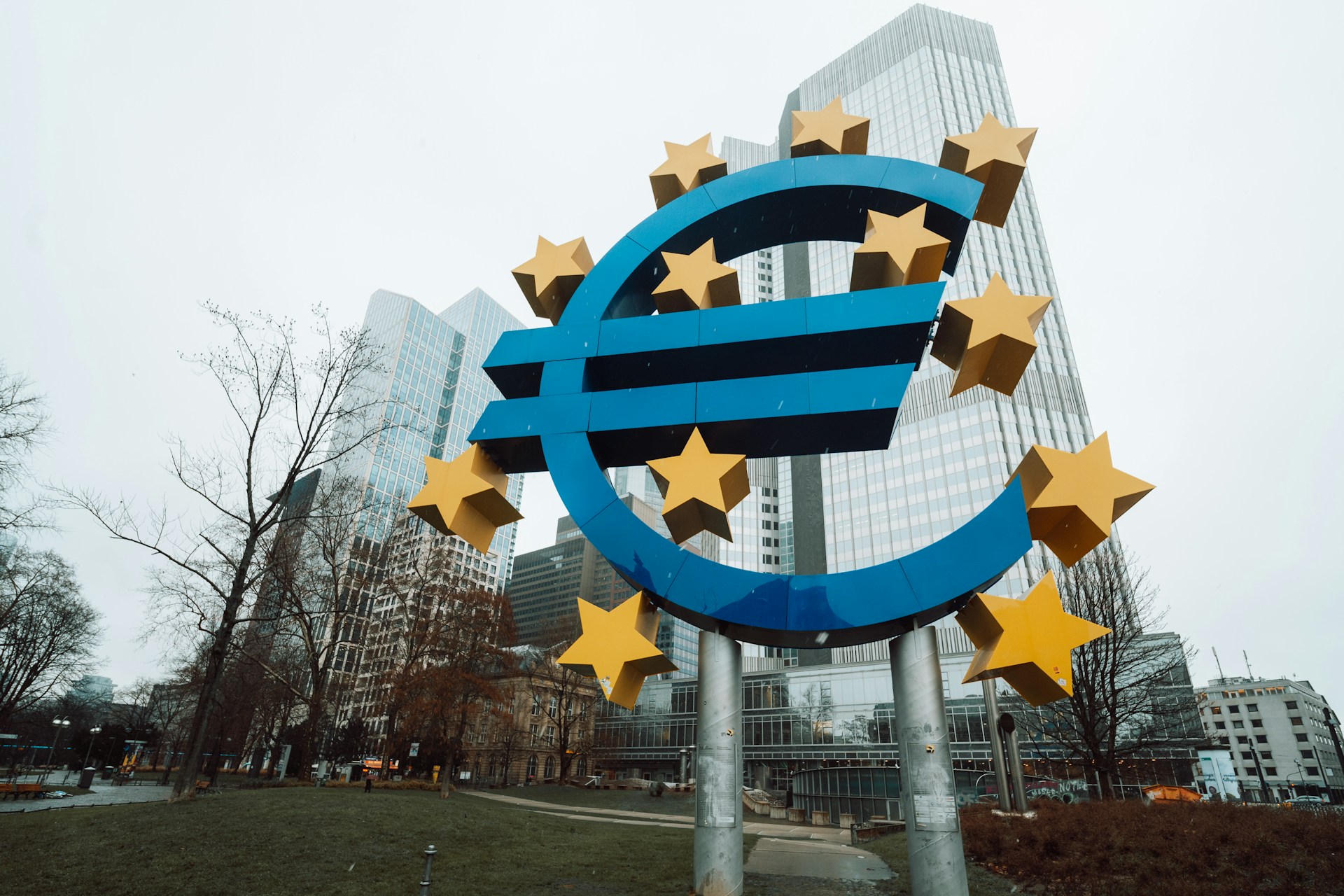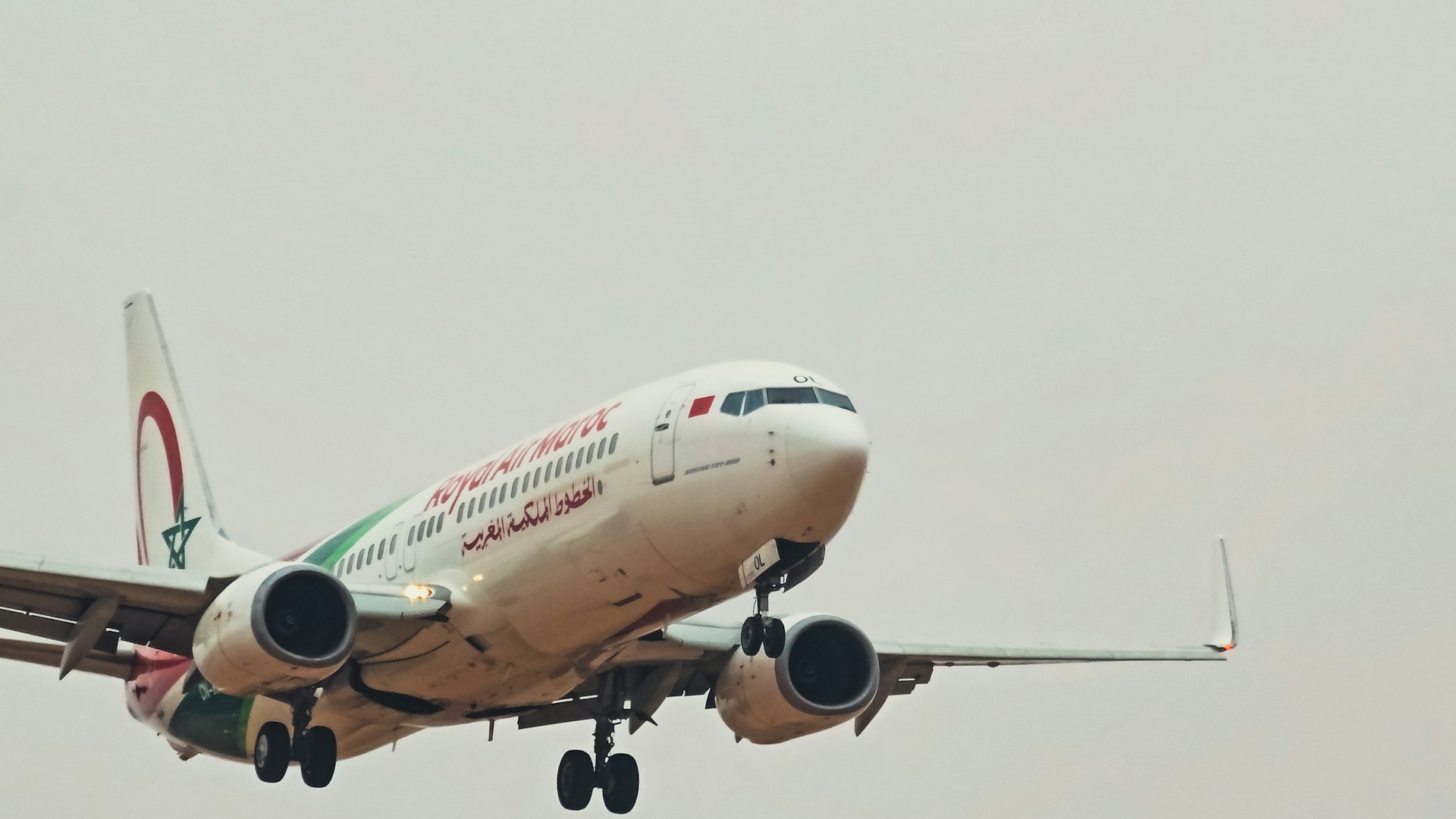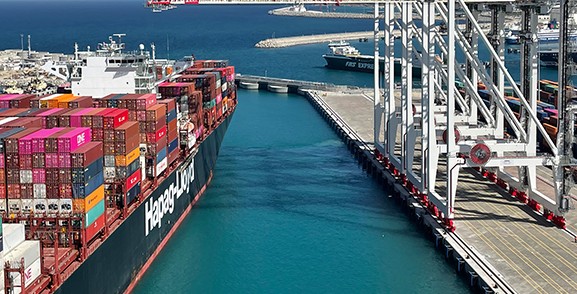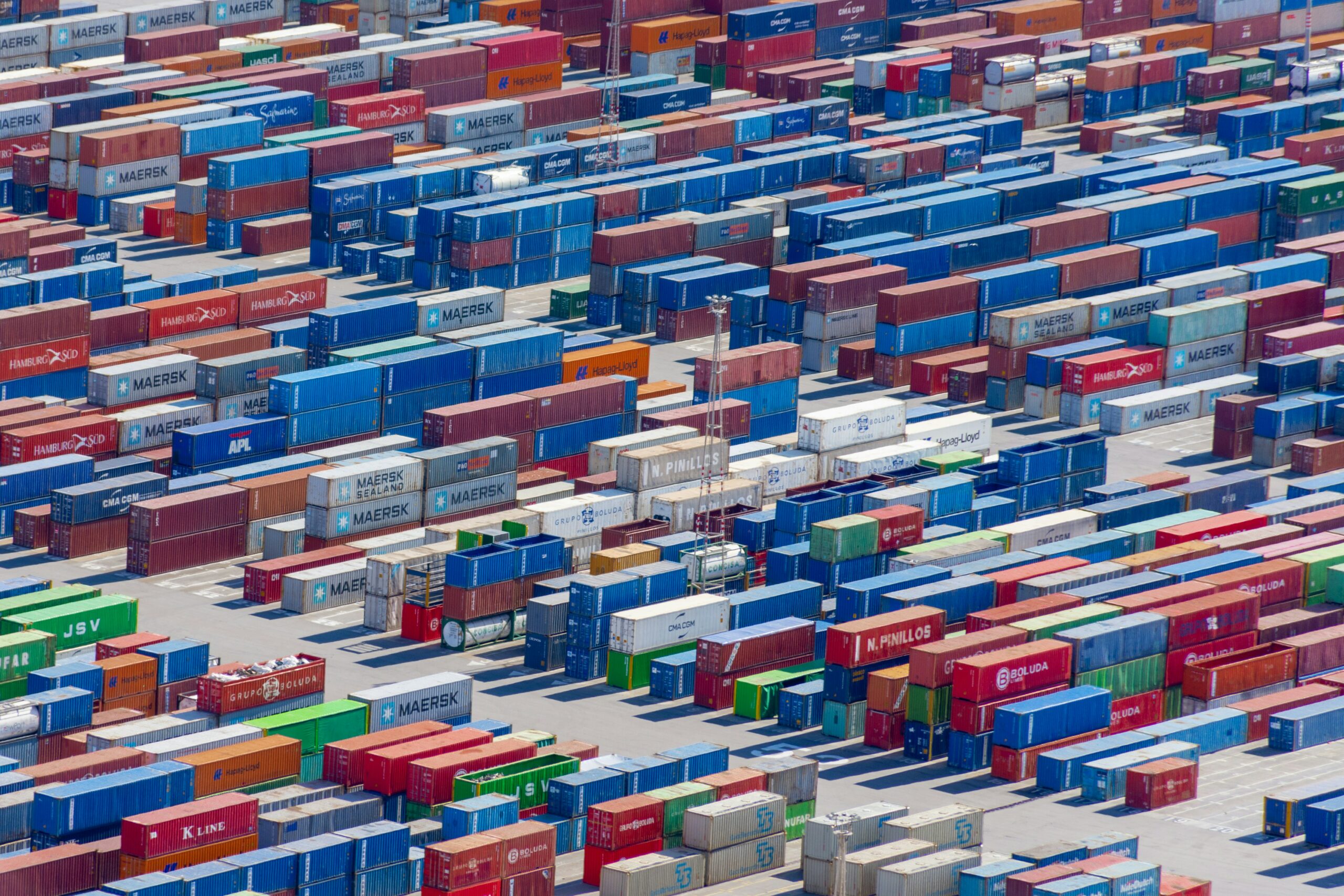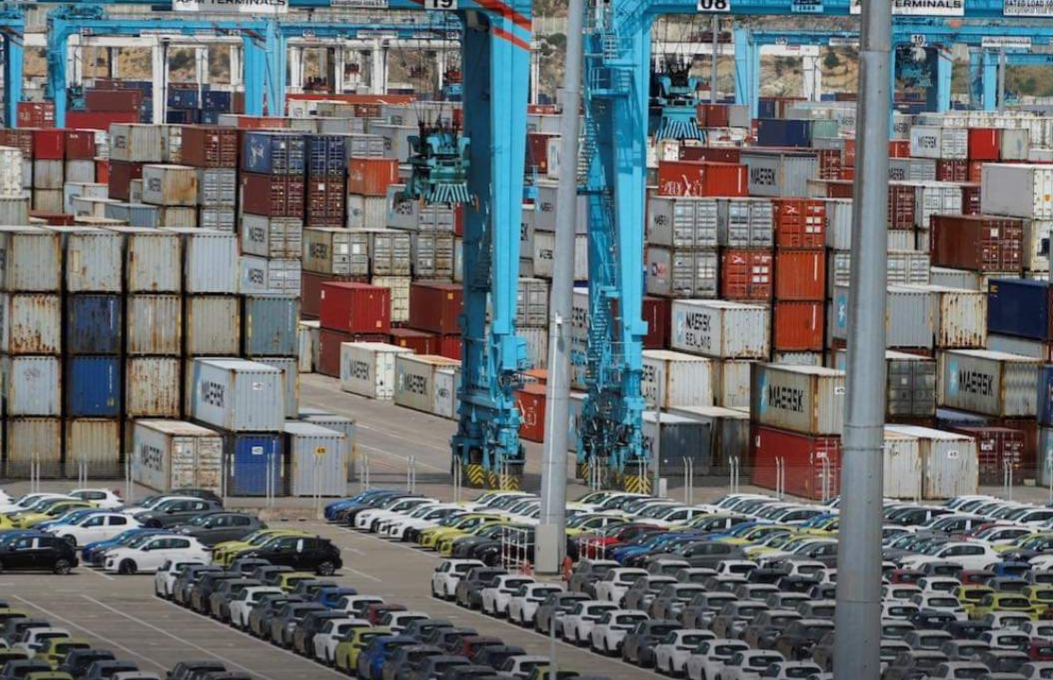Casablanca – Donald Trump’s recent announcement of a significant rise in customs duties on imports has caused ripples in global markets, raising concerns about its economic effects. While this decision primarily targets major trading partners like China and the European Union, its immediate impact on Morocco is expected to be minimal, although some medium-term effects may occur.
Starting April 9, Morocco will face a 10% tariff on all exports to the United States, a decision announced by President Trump during a press conference. This move is part of a broader protectionist agenda designed to shield U.S. industries from foreign competition. Key Moroccan sectors, such as agro-food, fertilizers, semiconductor devices, and motor vehicles, are likely to see the most significant impact. The introduction of these tariffs will diminish the advantages that Morocco and other countries previously enjoyed under free trade agreements with the U.S.
Trump revealed plans to increase tariffs ranging from 10 to 45% on goods imported from over 100 countries. This protectionist measure aims to address the United States’ trade imbalances. However, it could also lead to inflation and provoke retaliatory actions from other nations. Morocco is expected to face some impact, but these effects will likely be limited in the short term due to factors like the structure of bilateral trade and the dollar’s exchange rate.
Global trade realignment
Trump and his administration are focused on reducing the U.S.’s dependence on imported goods while maintaining a dominant position in the digital economy and the defense industry. “They want to move away from manufacturing globalization, meaning free trade in goods, but remain engaged in the digital globalization led by tech giants like GAFAM, who generate nearly $300 billion in profits worldwide every year.” This shift has already had an immediate effect on U.S. markets, with stock indices declining after the announcement.
Trump hopes the tariff hikes will lead to higher prices and inflation in the U.S., but at the same time, he aims to reduce corporate and income taxes to increase Americans’ purchasing power. The downside, however, is inflation and retaliatory actions from affected countries, especially from large tech companies. Furthermore, the U.S. is likely trying to encourage relocations and attract foreign direct investment.
Short-term impact on Morocco
For Morocco, trade with the U.S. is governed by a free trade agreement. However, Trump’s approach to free trade agreements has shifted. Trade between Morocco and the U.S. has remained modest, averaging $6 billion annually from 2002 to 2024, with a trade deficit of $2 billion for Morocco. This means the Kingdom is already at a disadvantage in its bilateral trade with the U.S.
Morocco will likely face a 10% tariff increase on its exports, which include products such as fertilizers, automobiles, textiles, semiconductors, citrus fruits, and fish, each contributing 10-12% of total exports. Despite the tariff hikes, the consequences for Morocco are expected to be limited. The annual appreciation of the dollar (by 8-12%) is likely to help offset the 10% increase in taxes. However, negative externalities could arise if the European Union enters a recession due to the global trade conflict. This could affect Morocco’s foreign direct investment inflows, especially in sectors like textiles, agribusiness, semiconductors, and renewable energy. These investments may be redirected to the U.S., creating medium-term challenges for Morocco.
Challenges to the free trade agreement
The tariffs imposed by the U.S. could undermine global economic growth and foster a regionalization of trade. The approach risks fragmenting globalization, which could have long-term effects on Morocco’s trade policies. Additionally, Trump’s goal is likely to force large international companies to relocate to the U.S. to avoid the higher tariffs. While Morocco has benefitted from its trade relationship with the U.S., particularly under the Free Trade Agreement established in 2006, exporters in sectors like textiles and agribusiness may face pressure to diversify their markets in light of the changing global trade environment.
Looking forward, Morocco will need to reassess its strategies as global trade dynamics shift rapidly between North America, Europe, and Asia. The Kingdom has long sought greater integration into global value chains, a goal that will require adaptation to new geopolitical and economic realities.
Moroccan exporters concerned about U.S. tariff impact
The announcement of these new tariffs has raised significant concerns among Moroccan exporters, particularly those in key sectors like agriculture, automotive, and textiles. Industry representatives have emphasized that, while the 10% tariff is relatively low compared to those imposed on other countries, it undermines the benefits Morocco gained under the U.S.-Morocco Free Trade Agreement.
Despite this challenge, many believe that Morocco still holds diplomatic leverage with the U.S., citing the strong bilateral relations between the two countries in areas such as defense and security. These ties could potentially help mitigate the full impact of the new tariffs. There is also a push for intensifying efforts to reduce these tariffs through effective lobbying, with industry leaders urging the government to protect the interests of Moroccan exporters.
Trump’s protectionist stance
These tariffs are part of Trump’s broader protectionist strategy aimed at reducing U.S. reliance on foreign imports. One of his administration’s main concerns is the rising volume of Chinese exports to the U.S., and the tariffs are designed to address this imbalance while promoting domestic production.
The tariffs are likely to cause disruptions in global supply chains, affecting major industries and manufacturers worldwide. Countries like Britain, Saudi Arabia, the UAE, and Egypt are facing the same 10% tariff, while Morocco’s neighbors, Tunisia and Algeria, have been hit with even higher duties, 55% and 30%, respectively.
In the face of these changes, Morocco will need to adapt to a shifting global trade environment. With the U.S. taking a more protectionist stance, Moroccan exporters will need to find ways to diversify their markets and protect their interests in the face of rising global economic uncertainty.


